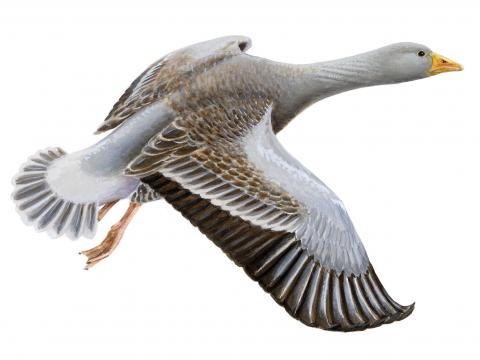These are frequently seen on the two Puffin colonies we visit Lundey/Akurey. When in flight they are usually in their V or line formation taking turns to lead. This formation that geese fly in is thought to reduce drag or air resistance thus making it more aerodynamic and allows them to fly long distances will little effort. Looks a little like the Pink footed Goose but they are found more inland whereas the Greylag Geese is found on the outskirts of Iceland. Thus, it will be this species we encounter on our tours.
| Average Length: | 82 cm |
| Average Weight: | 3.6 kg Male, 3 kg Female |
| Wingspan: | 164 cm |
| Diet: | Grazes on a variety of plant species |
| Est. population around Iceland: | ~20,000-30,000/110,000 autumn |
| Residence Period: | All year round |
| Nesting habitat: | Marshes, islets, banks of rivers or lakes and on islands where there is lots of good vegetation |
| Nesting Period: | Late April to Early July |
| Clutch size (No eggs): | 5-7 |
| Incubation time (days): | 27-28 |
| Fledging time: | 50-60 |
| Typical life span (years): | 8 |
| Age at first breeding (years): | 3 |
| IUCN world Status: | Least concern |
| Major Threats: | Hunted for sport and from farmers for eating crops, Avian influenza, habitat disturbance and destruction |
| Other Names: | Grágæs, Grågås, Merihanhi, Graugans, Oca selvatica, Gegawa (ges gegawa), Ansar común, Grauwe gans, Oie cendrée, Grågås, Ganso-comum |






